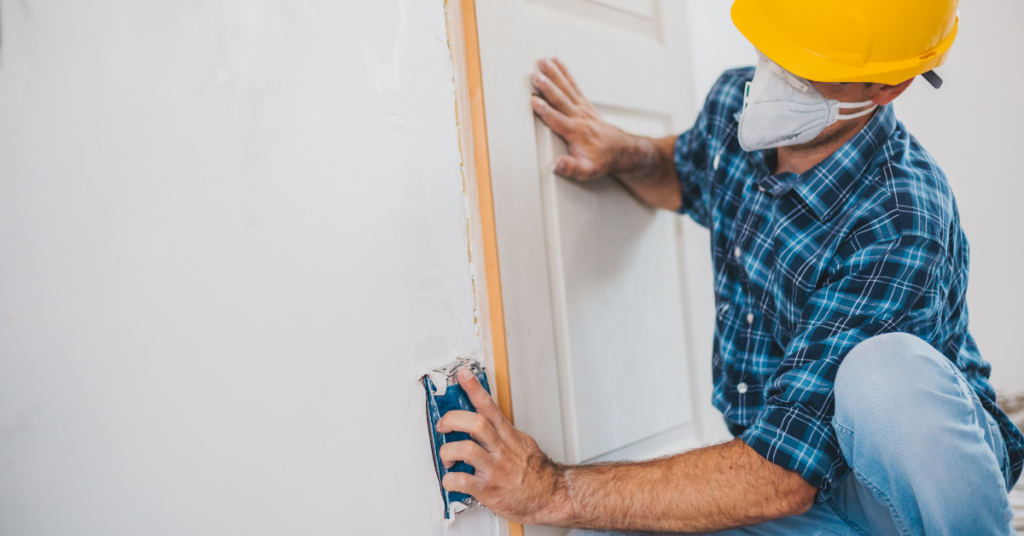How Humidity Impacts Drywall

Humidity––it affects more than just bad hair days. It also affects job site items, like drywall.
Drywall is no stranger to construction projects. Its price and versatility make it one of the most commonly used materials. One of the reasons it is a go-to for home and business job sites, besides being budget-friendly and durable, is that it contains gypsum: a soft sulfate mineral known for its fire resistance. Yet, this contractor staple also has its version of kryptonite: humidity.
Drywall and Humidity
Water vapor in the air interacts with construction materials. That’s why installing and finishing drywall in the proper climate conditions is critical. Moisture in the air and extreme temperatures can inhibit drywall mud from curing, and sealing the tape and joints together. If the evaporation happens too slowly due to heat and humidity levels, seams may shrink while joints set incorrectly. That means more days between coat applications before moving on to paint and finishes, or gutting and redoing the wall. These are delays no project wants.
Ideal Conditions for Installation
During the first 48 hours after installation, drywall’s ideal room temperature is around 55°F. Although different manufacturers may offer varied climates for their product, temperatures should never dip below 50°F and not hover above 95°F. To ensure sturdy longevity, keep the environment right where you want it. This guarantees dryness before adding that final coat. If you keep the site’s relative humidity around 50%, your timeline will remain happy.
Controlling Your Climate
An environment’s humidity is essential to control not only during construction but also after your project is complete. Humidity is lurking beneath you if you live in a humid climate and have a vented crawl space under your home. The dew point––the temperature air needs to be cooled to to meet relative humidity of 100%––of the air in the crawl space could reach 75°F or higher. When a home is air-conditioned, flooring could reach numbers below the dew point depending on thermostat levels. If the air in the crawl space meets wood or other materials cooled via contact with the home above, those materials could absorb moisture: not good.
Winter weather can cause issues too. Enclosing crawls with a vapor barrier can help protect floor trusses, subflooring, and joists. High humidity levels can cause too much expansion and contraction with seasonal weather changes. Wherever you have humid air, you want to keep cool surfaces at a minimum, whether that’s due to air conditioning or cold temperatures.
Adding moisture to the air sounds crazy, right? Yet, in some drier areas of the country, humidifiers are exactly what’s needed: extra moisture in the air when the internal climate is too dry. The job of dehumidifiers is to remove excess water vapor. Both may be necessary if you experience a change in seasons. No matter the time of year or temperatures outside, humidifiers and dehumidifiers keep the internal temperatures comfortable, lessen symptoms for allergy sufferers, and help prevent the spread of mold––something everyone wants to avoid growing on or inside their walls.
The last thing architects, contractors, and investors want are delays. The last thing you want to worry about in your new workspace is humidity. That’s why partnering with the drywall specialists at Robey Incorporated makes all the difference. You can rely on us for all your commercial drywall construction needs. Have a project you’d like us to tackle? Let’s talk!
